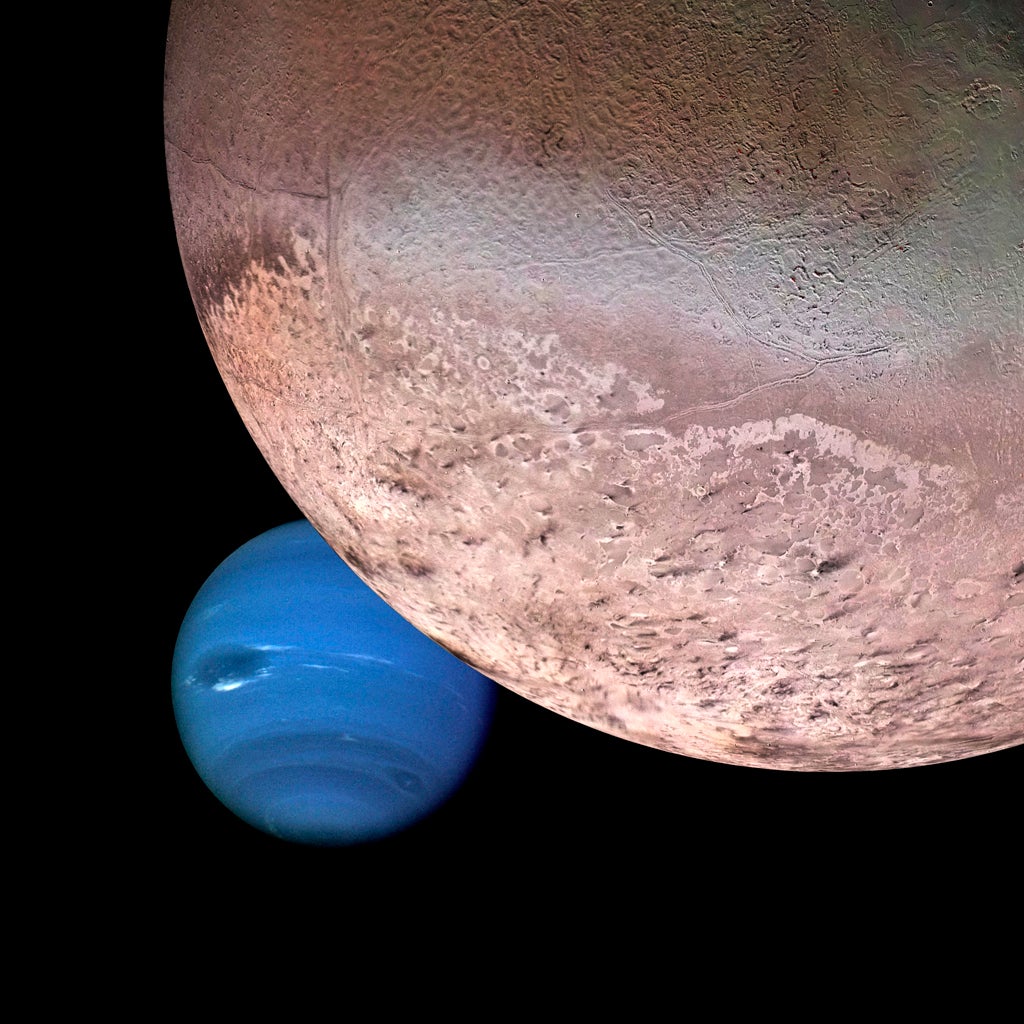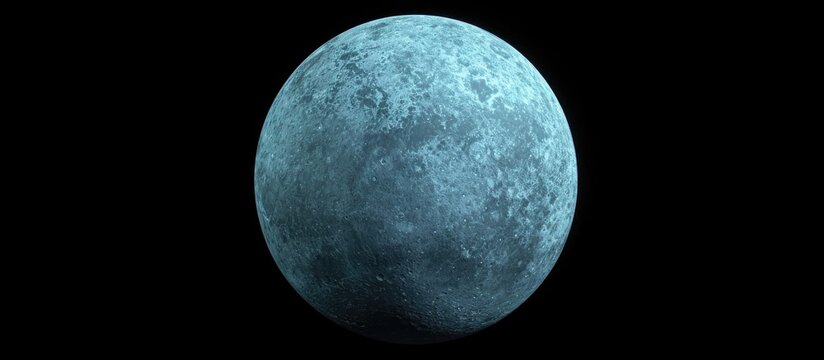Phobos: The Doomed Moon of Mars
Discover Phobos, Mars’ mysterious and fast-orbiting moon, slowly spiraling toward destruction. Explore its strange grooves, possible origins, and the future of this doomed celestial body.
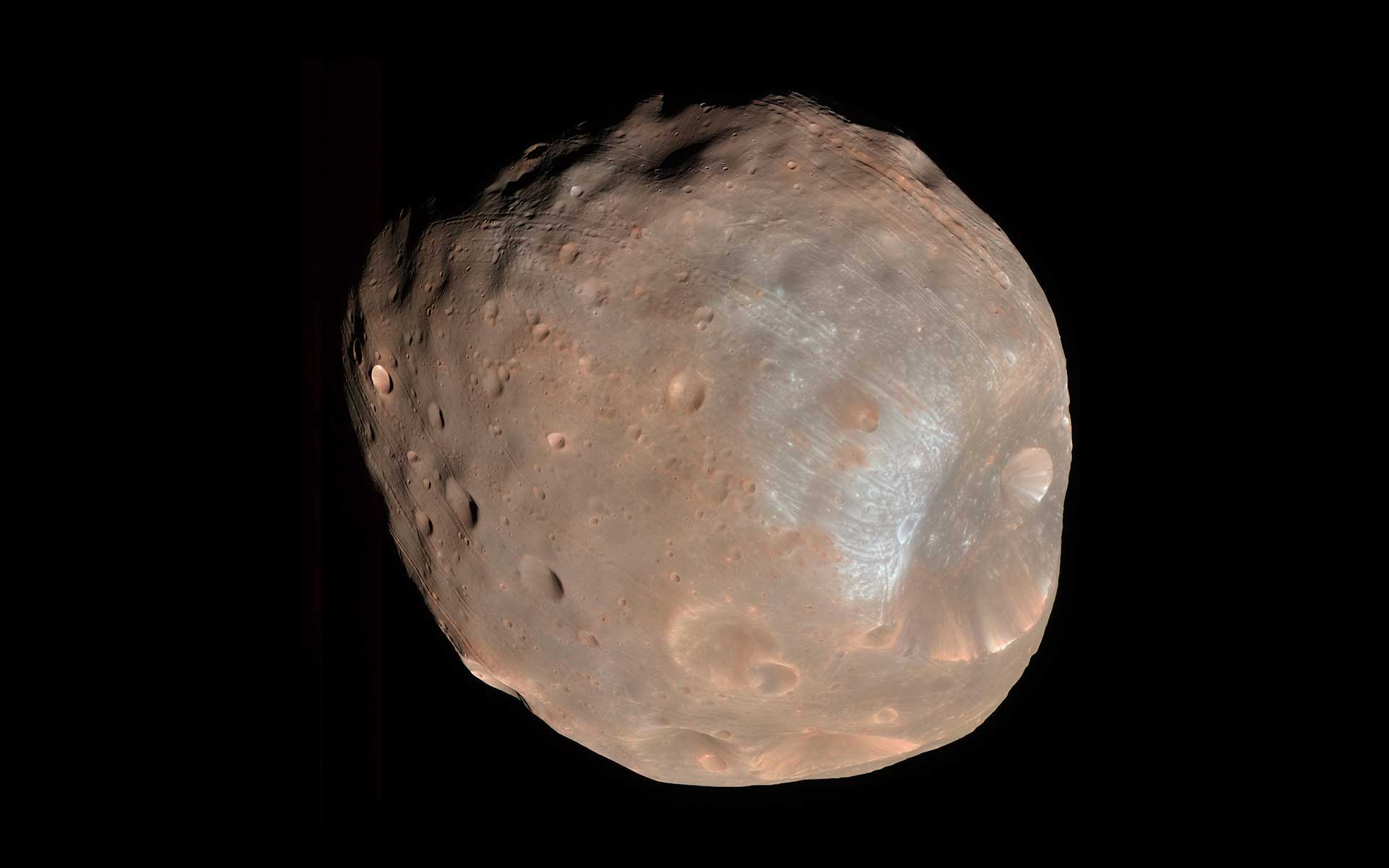
A Moon Unlike Any Other
Phobos, one of Mars’ two moons, stands out in the solar system due to its peculiar characteristics. Unlike Earth's moon, which is large and spherical, Phobos is small, irregularly shaped, and pockmarked with craters. Measuring only about 27 kilometers (17 miles) across at its widest, it looks more like a battered asteroid than a typical moon. Scientists believe Phobos may have originated from the asteroid belt, later captured by Mars’ gravity, or formed from debris ejected by a massive impact on Mars.
A Surface Scarred by Time
The surface of Phobos is one of the most heavily cratered in the solar system, telling a violent history. The most striking feature is the Stickney Crater, a massive impact site spanning nearly half the moon’s width. This crater, with its deep, shadowy interior, gives Phobos an eerie, hollow-eyed appearance. Alongside this are grooves and ridges, possibly caused by seismic waves from the Stickney impact or the gradual pull of Mars’ gravity, slowly tearing Phobos apart.
Shades of Gray and Red
Phobos' color is dull and muted, reflecting its composition. It appears in shades of gray, brown, and reddish hues, similar to carbon-rich asteroids. Its surface is covered in a fine, dusty regolith, made up of loose rock and powdery material. Observations suggest that this dust is created by constant micrometeorite impacts, which grind the surface into fine particles over millions of years. Despite its dull appearance, these subtle colors provide clues about its composition, linking it to primitive materials found in asteroids.
A Moon in a Death Spiral
One of Phobos’ most intriguing aspects is its doomed fate. Unlike most moons that slowly drift away from their parent planets, Phobos is inching closer to Mars. Pulled by gravitational forces, it spirals inward at a rate of about 1.8 centimeters (0.7 inches) per year. Scientists predict that in 30 to 50 million years, Phobos will either crash into Mars or break apart, forming a temporary ring around the planet. This slow-motion death makes Phobos a fascinating object for astronomers studying the dynamics of planetary systems.
Low Gravity, Big Surprises
Phobos has an extremely weak gravitational pull, just 1/1000th that of Earth. A person standing on Phobos would weigh almost nothing and could easily jump off into space if not careful. This weak gravity also means that debris from meteor impacts doesn’t settle quickly but instead drifts off into space or resettles slowly. The loose, dusty surface combined with low gravity presents challenges for future missions, as spacecraft would need specialized landing and mobility systems to operate effectively.
The Mystery of Hollow Signals
When the Soviet Union sent the Phobos 2 probe to study the moon in 1989, it detected unusual radar reflections that led some to speculate that Phobos might be partially hollow. While later studies suggest these signals were likely due to porous rock, the idea fueled intrigue and even conspiracy theories about Phobos being an artificial structure. Today, Phobos remains an object of interest for scientists who seek to understand its internal structure, which could reveal more about its origins.
An Ideal Stop for Future Missions
Phobos’ proximity to Mars makes it an attractive target for future exploration. Some scientists propose establishing a research station on Phobos as a stepping stone for human missions to Mars. Its low gravity would make landing and takeoff easier than on Mars itself, providing a base where astronauts could study the Red Planet from a safe distance before making a surface landing. Additionally, Phobos’ regolith may contain water ice, which could be used for fuel or life support.
Conclusion: A Cosmic Time Bomb
Phobos is not just another moon—it is a ticking clock in the solar system’s grand design. With its battered surface, eerie grooves, and a fate sealed by gravity, it serves as a reminder of the ever-changing nature of space. Its unique characteristics, from its irregular shape to its slow death spiral, continue to make it an object of wonder. As scientists plan future missions, Phobos stands as a potential gateway to Mars exploration and a key to unlocking the secrets of planetary evolution. Whether it crashes into Mars or forms a ring, Phobos' story is far from over, and the universe is watching.
What's Your Reaction?







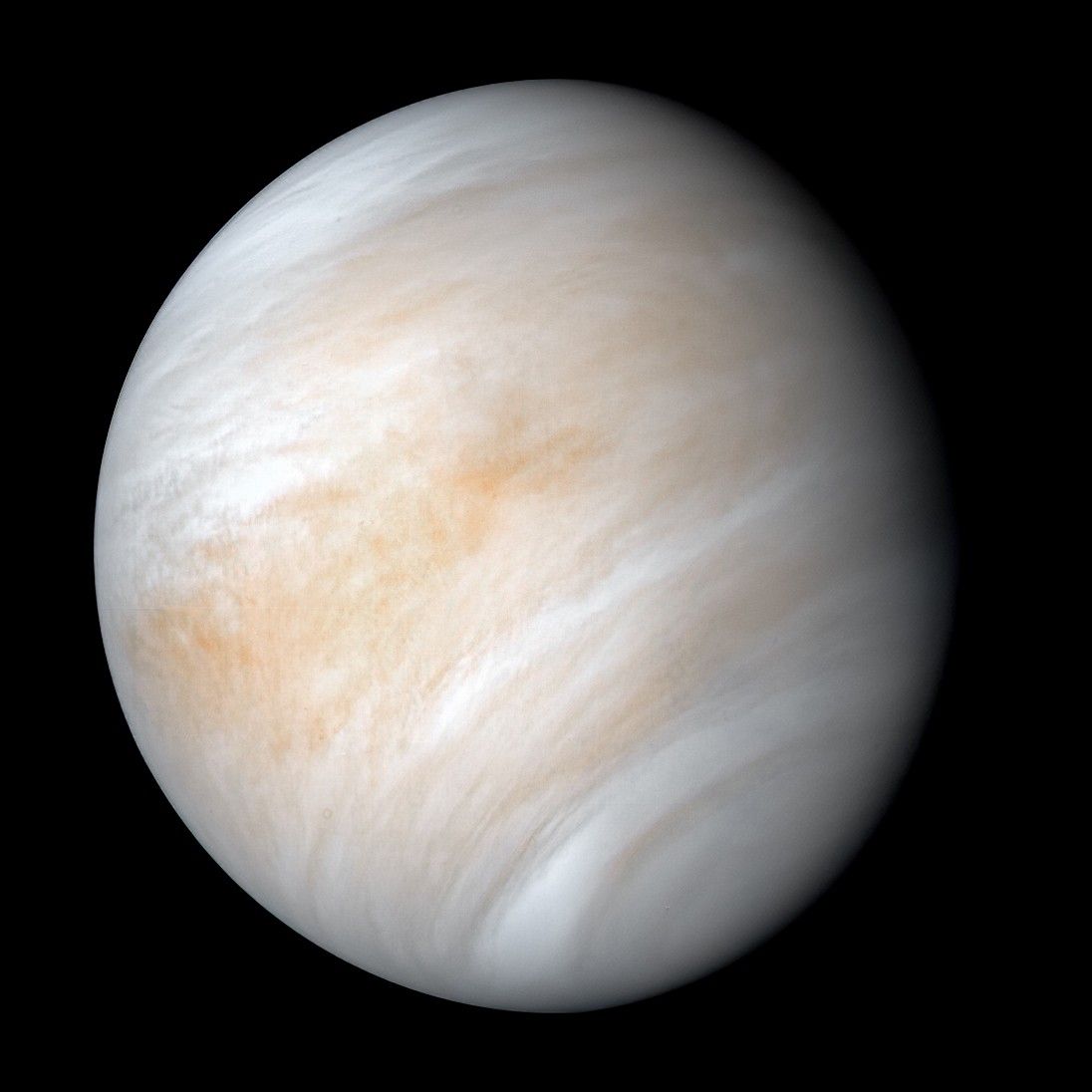

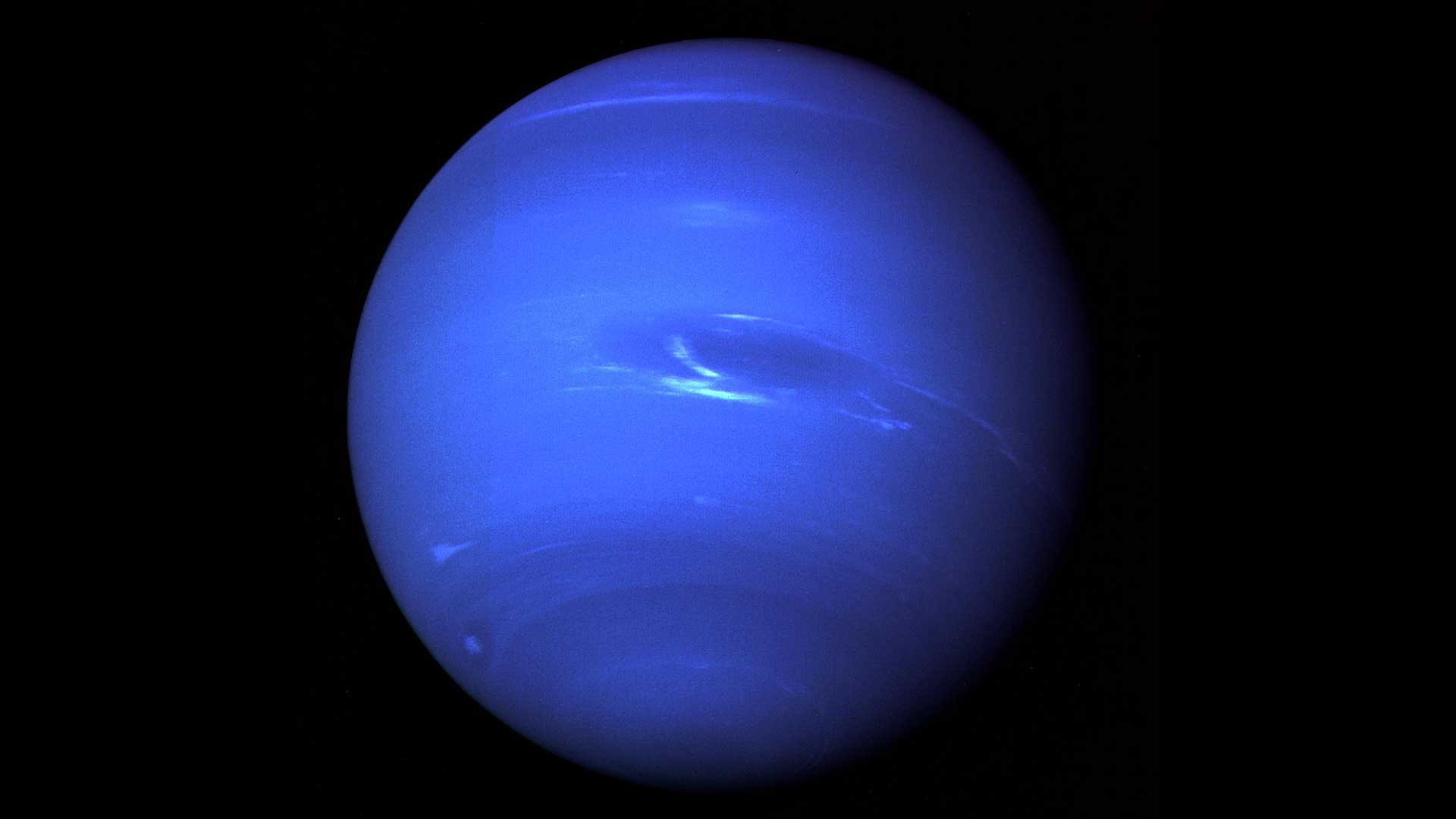

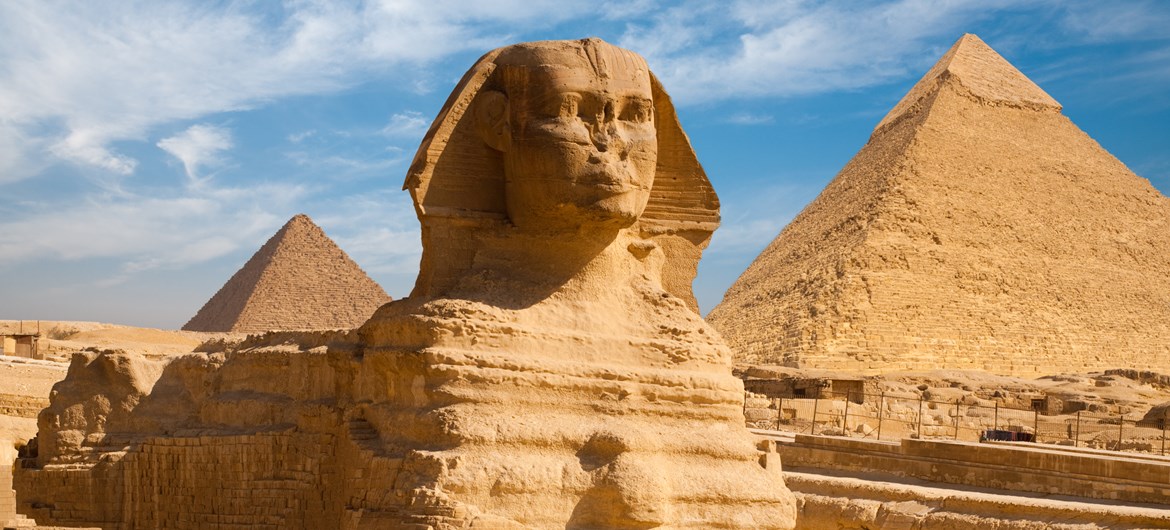
/https://tf-cmsv2-smithsonianmag-media.s3.amazonaws.com/filer_public/54/66/546650fa-26a4-40fd-8d6d-5a7a04540f81/rosetta2.png)
:max_bytes(150000):strip_icc():focal(999x0:1001x2)/robert-prevost-050825-1-39395418ab494da5a3a700c9478e66c8.jpg)















































format(webp))
format(webp))






















